

Damion Smy
Hyundai i30 N TCR celebrates 10 years of ‘N’ with Gran Turismo 7 debut
8 Hours Ago
This could be the best version of the Hyundai i30 Sedan if you’re after a sporty car but working with a more realistic budget.

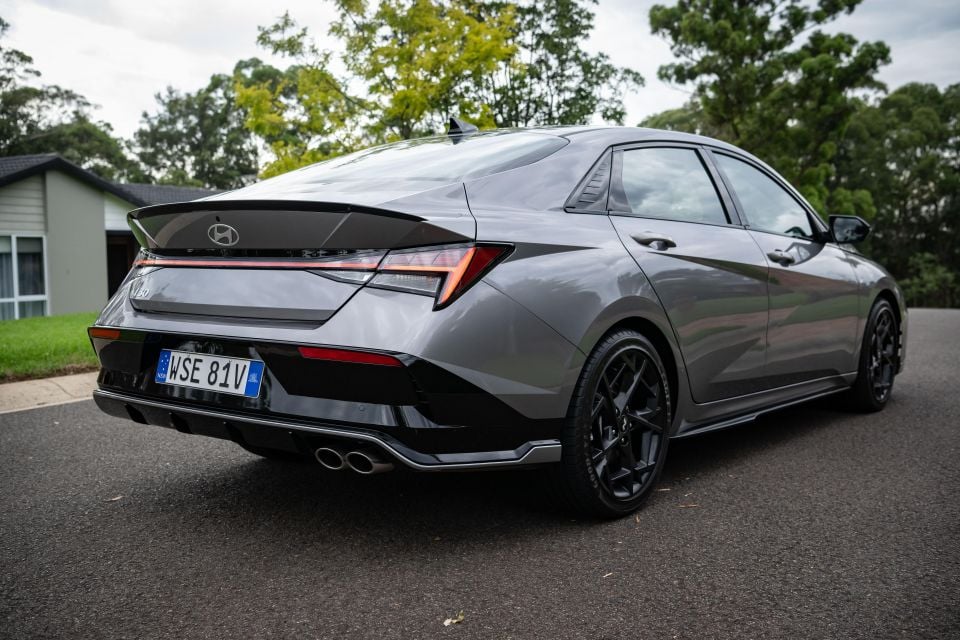

Quickly see how this car stacks up against its competition. Select any benchmark to see more details.
Where expert car reviews meet expert car buying – CarExpert gives you trusted advice, personalised service and real savings on your next new car.
The updated Hyundai i30 Sedan range is the gift that keeps on giving, and this could be the most appealing present of them all – the i30 Sedan N Line.

It’s not the N Line Premium one though. That’s important because this model starts at a very attractive price point of $36,000 before on-roads.
That is the most appealing thing about it in addition to the fact that, at a glance, this looks like a lot more car than the price tag suggests. It has a lot of useful standard equipment, heaps of space and is fun to drive. There are some niggles though…
I’ve already said this one is $36,000 before on-road costs, but the context of where it fits into the i30 Sedan range is important – see below for the full price list.

2024 Hyundai i30 Sedan pricing:
Prices exclude on-road costs
To see how the i30 Sedan compares with its rivals, use our comparison tool.
Buy your new car without the stress. It's fast, simple and completely free.

Great service from Travis and team, second time I have used this business would not hesitate to recommend them to anyone
Craig C.
Purchased a Ford Ranger in Sunshine Coast, QLD
CarExpert helped Craig save thousands on his Ford Ranger, now let us save you on your next new car.
Find a dealIn a lot of ways, it feels nicer than the price tag suggests it might, but there are some signs of how the costs have been cut – we’ll start with the good stuff.

The ribbed leather seat trim with red stitching – also on the doors, steering wheel, dashboard, shifter and echoed by other red ring highlights around the place – makes it feel like you’re not just sitting in another black-on-black festival of plastic.
The materials on the bits you touch regularly are all great, with soft padded elbow points, a nice leather-lined steering wheel and shifter, and those manually adjustable front seats are, in my opinion, more enticing than the higher-set electric ones.
Combine that with the digital instrument cluster – which can also turn red in Sport mode – and you get a properly special feeling space. Some people will also love the dark headliner, but I’m not as much of a fan of that, as it feels a bit too hemmed in.
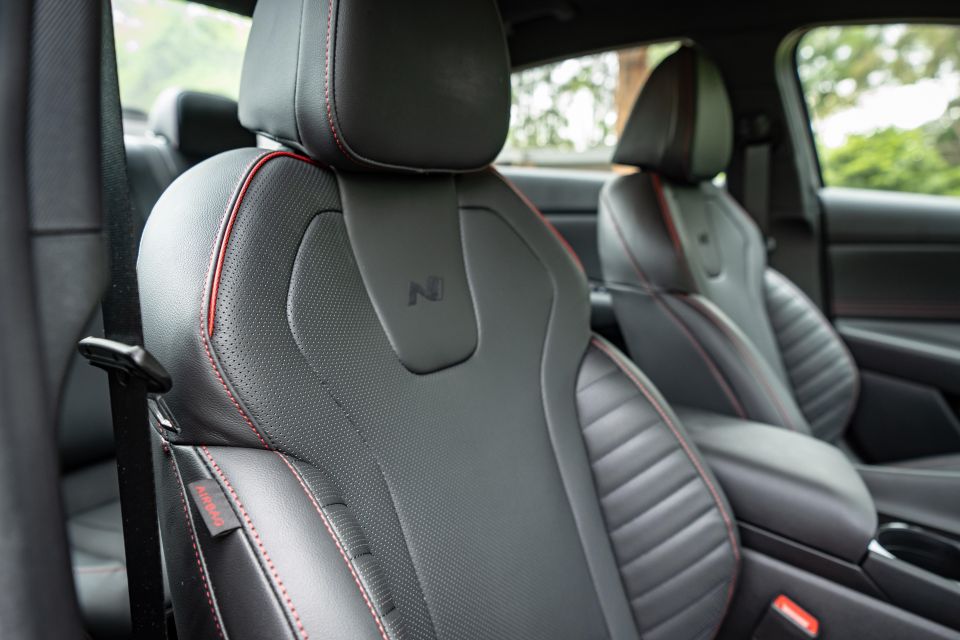



Some of the bits that aren’t as pleasant include the plastic finishes on the centre console area and the tops of the doors. I would have loved to see some of those blanks on the dash filled in with an extra feature or two (maybe even a button to turn off the speed sign system).
The 8.0-inch touchscreen isn’t at the cutting edge, but it does the job if you’re like me and just want a system that’ll connect to your phone and let you use Apple CarPlay without it being glitchy. I had no problems with it over a few days of driving.
I’m so glad to see there are still heaps of physical buttons in this model, with climate and media management all dealt with controls, knobs and dials rather than having to use a screen to distract you from the task at hand.
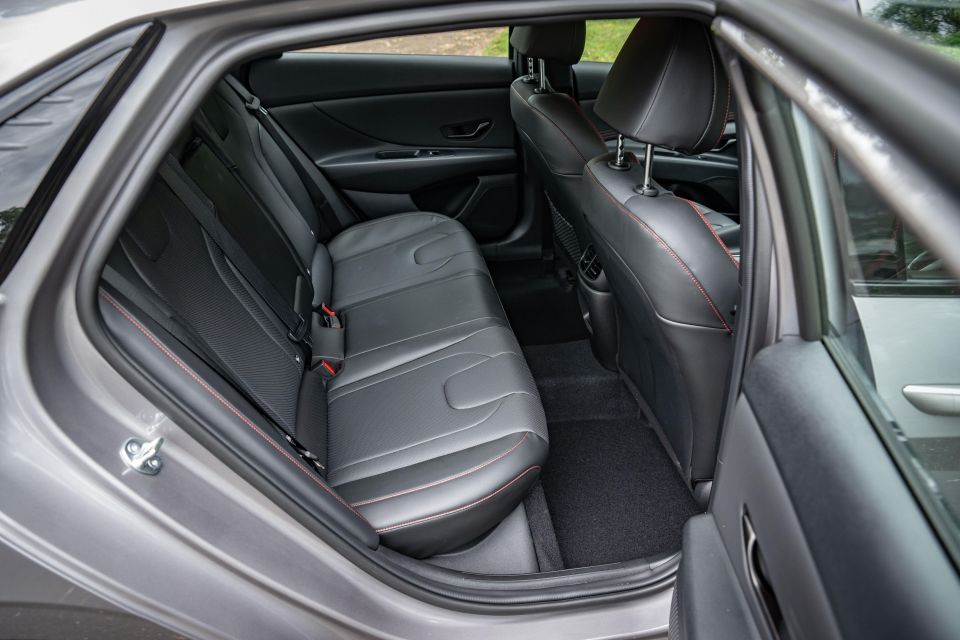

There’s ample storage in the front cabin with a pair of clever height-adjustable cup-holders (you can lift them up and turn them 180-degrees for smaller/larger vessels), and sizeable bottle holders in the doors.
In the second row taller people will be reasonably comfortable so long as they’re careful when getting in and out of the back seat. I’m 182cm/6’0” and hit my head a couple of times when testing out the back (and front) seats of this car.
However, head room in a seated position isn’t bad at all and there’s a lot of knee room and reasonable foot space too. It’s only if you think of trying to fit three bigger adults across the back pew that you might find some resistance.


Parents with youngsters will be happy with the fact there are directional air-vents in the back, not to mention USB ports, map pockets, and bottle holders in the doors. There are the requisite ISOFIX and top-tether points too.
Boot space is a sizeable 474 litres, and you can trigger the seatbacks to lower from the boot, which will allow you to make the trip to IKEA without fear of needing to call a mate to come help you with their ute.
Both i30 Sedan N Line variants are powered by a 1.6-litre turbocharged four-cylinder petrol engine mated to a seven-speed dual-clutch automatic transmission. The i30 Sedan range is exclusively front-wheel drive.

The outputs are the same as the pre-facelift version, with 150kW (6000rpm) and 265Nm (1500-4500rpm). Those aren’t mega outputs, but they’re a sizeable step up over the other powertrain choices.
The official combined cycle fuel use figure for the N Line is 6.6 litres per 100km, and it can run on 91 RON regular unleaded. It has a 47-litre fuel tank capacity.
During my time with the i30 Sedan N Line I saw a return of 7.1L/100km, across a mix of urban, highway, freeway and backroad driving.
If you go into it thinking you’re getting the budget N experience, you might be surprised because in a few ways this could actually be considered a more liveable choice than the ‘real’ Sedan N.

It’s a sporty sedan to drive – it’s low-slung, fun, and you can hustle it pretty hard if you feel the need for speed.
The turbo-petrol engine is a pushy little unit with ample grunt in a mix of scenarios, including sudden throttle inputs when overtaking, or more measured acceleration in traffic or when merging.
It makes for a pretty likeable drive experience on the daily, and in Sport mode you will find that it’s actually relatively speedy. It doesn’t sound too bad either.
Admittedly the engine and dual-clutch auto still take some finessing in certain situations, with a little bit of hesitation from a standstill meaning you will need to be measured with your throttle application, but it’s certainly not what I’d consider a bad transmission in stop-start situations.

There’s some handy tech for commuters too, including adaptive cruise control with stop/go and a semi-autonomous steering system. The latter is pretty decent but you’ll want to hold that little button on the steering wheel down to disable that if you plan to push through some corners.
It steers with a level of assertiveness and you’re able to link up corners with a nice measured balance and poise when positioning the car in the bends.
Its relatively lengthy wheelbase also means it has a better than average ride for a sports-style sedan. The independent rear suspension for N Line models makes a difference over the torsion-beam setup of the base petrols, particularly when you’re aiming to ace the apexes on your favourite stretch of road.
I had a couple of issues with the drive experience though.

Firstly it is quite noisy on rough road surfaces, like coarse-chip freeways and highways that are so common around Australia. It’s also not that uncommon for a small car in this class, sadly.
Secondly, you might have already sensed this one coming, but it has the annoying speed sign recognition system that defaults on every time you restart the car. It will incessantly bing and bong at you to tell you the speed zone has changed or if you’re going but a kilometre or two over what it believes is the signposted limit.
That italicised part is important because it gets it wrong, and often. On the freeway where the digital signage clearly says 110km/h, it reads it as 70km/h. On a weekend when school is definitely not in session, it shows 40km/h on the instrument cluster when it’s a 50km/h zone.
Thankfully though it does have a different way to disengage that system than in other Hyundai models. That’s because this car runs the 8.0-inch infotainment screen, which doesn’t have the safety systems displayed on that screen.

Instead the function is in the digital instrument cluster info menu screen, which is way easier to disable if you’re connected to a call on CarPlay, for example, or trying to concentrate on anything else.
Those might seem minor and they could be to many buyers but they are worth bearing in mind.
It makes a lot of sense to step up from the base or Elite spec if you’re considering either of those because the i30 Sedan N Line adds some sporty exterior design features and some interior flourishes.


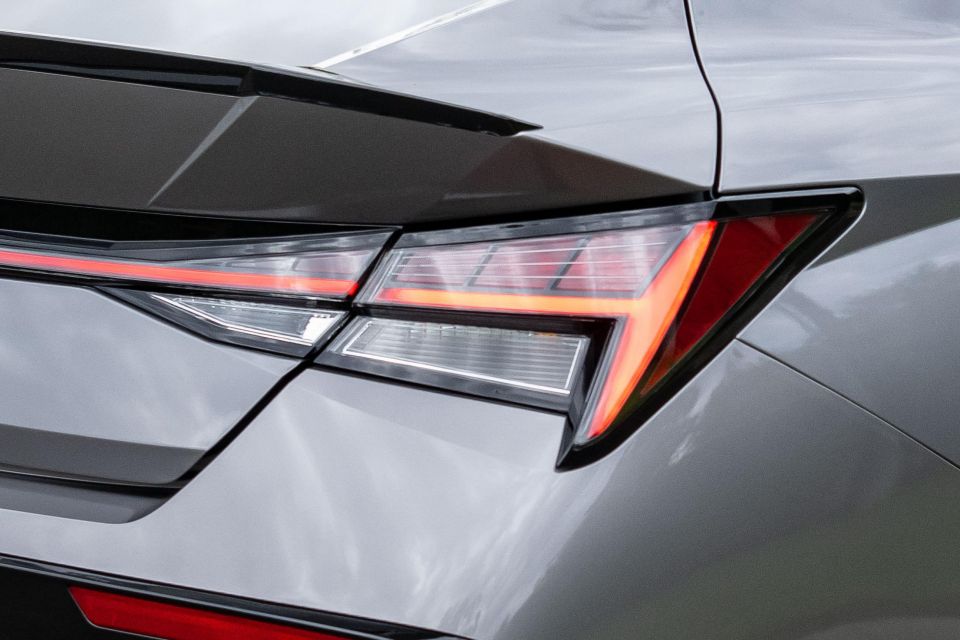

i30 Sedan N Line highlights:


Where expert car reviews meet expert car buying – CarExpert gives you trusted advice, personalised service and real savings on your next new car.
i30 Sedan N Line Premium adds:
If you’re the sort of person who needs to be told by ANCAP that a car is or isn’t safe then this one won’t do it for you.
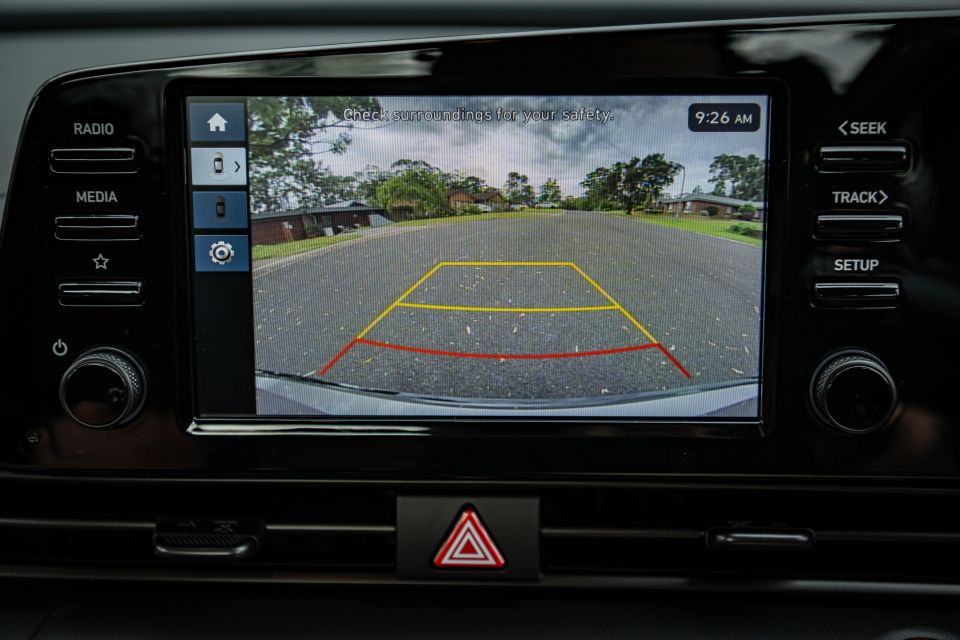
There’s no ANCAP or Euro NCAP rating for the i30 Sedan range, but it is extensively equipped with safety gear and technology.
Standard safety equipment in the i30 Sedan N Line includes:
Most of the tech is mostly implemented well but the ‘Intelligent Speed Limit Assist’ feature gets it wrong a lot. It is immensely annoying if you know the speed limits in your area and don’t need to be warned about them.
Also, it still thinks that it’s a school zone even if it’s 9pm on a Sunday night.
As with other Hyundai models, the i30 Sedan N Line is backed by a five-year, unlimited-kilometre warranty.

Service intervals are 12 months/10,000km, which is more needy than non-turbo versions of the i30 Sedan range, but mechanics will argue that it’s better to get services more often than less.
The brand has the option of prepaid servicing for three ($1005), four ($1340), or five years ($1675), or you can pay as you go, and there’s lifetime capped-price servicing if you want to think about long-term costs.
Hyundai will also back the car with roadside assistance if you service with them and it can span the entire life of the vehicle.
If you can deal with the idiosyncrasies of the safety systems in this car, you’ll love it.

I did so much so that I reckon I could overlook the annoyance factor since it’s a simpler and less interruptive way to disable the tech in this spec.
For me this is one of the most obvious sweetspot options of any model range in Australia. It has the right blend of presence and pace, as well as being not too pretentious or pricy. I found it to be super compelling.
Click the images for the full gallery
MORE: Buy a Hyundai i30 MORE: Everything Hyundai i30
Where expert car reviews meet expert car buying – CarExpert gives you trusted advice, personalised service and real savings on your next new car.
Matt has more than a decade of experience in automotive journalism, and loves exploring the pros and cons of new cars, delving into deep-dive industry stories, and going for a drive just for the fun of it.


Damion Smy
8 Hours Ago


Max Davies
14 Hours Ago
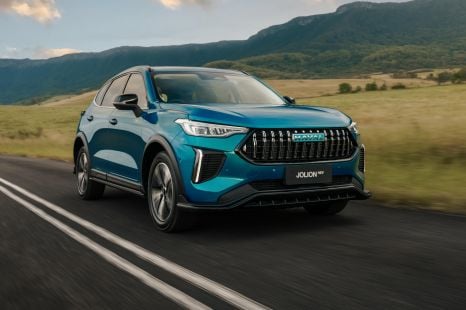

Max Davies
3 Days Ago


Damion Smy
4 Days Ago


William Stopford
7 Days Ago


Max Davies
8 Days Ago